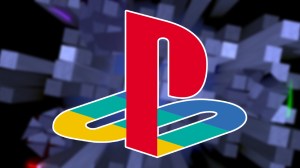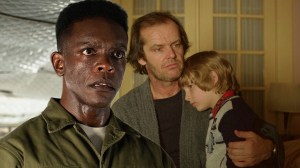While supervillains are a dime a dozen in the world of mainstream comics, few have the honor of being part of a true rogues gallery. The various foes of Batman and Spider-Man have become iconic both individually and as a collective unit, but the concept arguably first flourished with The Flash’s villains, giving us the ragtag group including Captain Cold, Mirror Master, and Heatwave. From the second John Broome and Carmine Infantino debuted the collective in 1962’s The Flash #130, the team were clearly something unique – a group of colorful blue collar antagonists with the odds stacked against them in a world of gods and monsters. This week’s Rogues #1 takes that ethos and gleefully runs with it, crafting a tale that might be among the best outings for this ragtag ensemble, if not one of the most brilliant Black Label books yet.
Videos by ComicBook.com
Rogues #1 follows its characters ten years after they initially disbanded, as the perils of aging, capitalism, and life itself have begun wearing them down. After a disheartening series of events, Leonard Snart a.k.a. Captain Cold decides to get the band back together for one last heist – to poach Gorilla Grodd’s gold reserves in Gorilla City. As Snart reunites with Golden Glider, Heatwave, Mirror Master, Bronze Tiger, Magenta, and Trickster, he tries to convince them to take part in their most ambitious heist yet.
One of the boldest and most effective decisions Rogues makes is to not include, or even acknowledge, the Scarlet Speedster or any notable superhero outside of some key bar graffiti. The gravity of the main characters and the world around them are fascinating and emotional enough to thrive on their own, with the larger context of the DC universe reverberating around them. A comparison can easily be drawn to the “world outside your window” books like Marvels and Kingdom Come, and there definitely is a similar sort of salt-of-the-Earth laser focus on display. But the storytelling techniques Rogues implements feel unique and masterful, blending modern expectations with the unfussy and nostalgic pacing and whimsy of the Silver Age books Broome, Infantino, and company worked on. That tone lends itself beautifully to the “glory days” feeling of the issue as a whole, as Snart and company are inhabiting a world that isn’t remotely close to perfect, but still has some comforting qualities to it, with an abundance of beauty and greatness just out of reach.
Joshua Williamson has proved his love for The Flash and his world in spades, if his storied run with the character during the DC Rebirth initiative is any indication. But with Rogues, a number of his narrative strengths really shine in an atmospheric and page-turning context. Every line of dialogue Williamson pens is engrossing and distinct, especially once the number of characters around Snart grows. By the time the entire ensemble of distinct personalities is bouncing off of each other, it unfolds like a heartfelt symphony, creating a foundation that will only make the actual act of carrying out the heist more epic to witness.
Similarly, Leomacs’ art has already engrossed a legion of DC fans with the Hill House series Basketful of Heads, but his style ascends to a profound new level in Rogues #1. The action occurring across the issue, whether it be Magenta’s powers going haywire, Heatwave’s latest burst of flames, or even Snart awkwardly dealing with a crowded city bus, is simple but brilliantly dynamic. The minutiae of his artistic decisions, particularly with regards to facial expressions, is overflowing with energy, all while rendering the kinds of faces and body types not usually showcased in mainstream superhero books. The entire aesthetic of Rogues feels like a love letter to Infantino’s timeless artistic work, while still retaining an inherently modern sensibility. Some of that might be thanks to Matheus Lopes’ color work, which brings the simplicity of the coloring of the Silver Age with some mesmerizing modern pops of color. Hassan Otsmane-Elhaou’s lettering subtly carries that mindset, with a scrappy and timeless quality to the dialogue, and extravagant but simple flourishes with sound effects or key phrases.
From the second this concept was announced, I knew I would enjoy DC Comics’ miniseries Rogues, but I was absolutely not prepared for how easily it would become one of my favorite new comics of 2022. Joshua Williamson, Leomacs, and company craft a tale that not only captures the fun of its titular cast of characters, but embodies the joy of the era in which they originally thrived. With one of the most clever premises—and one of the most flawless executions—for a superhero book in recent memory, Rogues is something truly special.
Published by DC Comics
On March 22, 2022
Written by Joshua Williamson
Art by Leomacs
Colors by Matheus Lopes
Letters by Hassan Otsmane-Elhaou
Cover by Sam Wolfe Connelly








